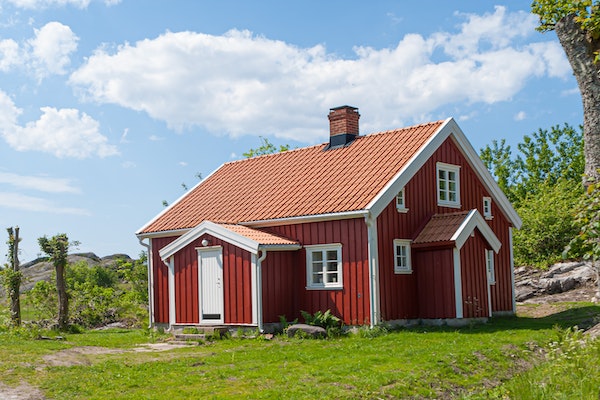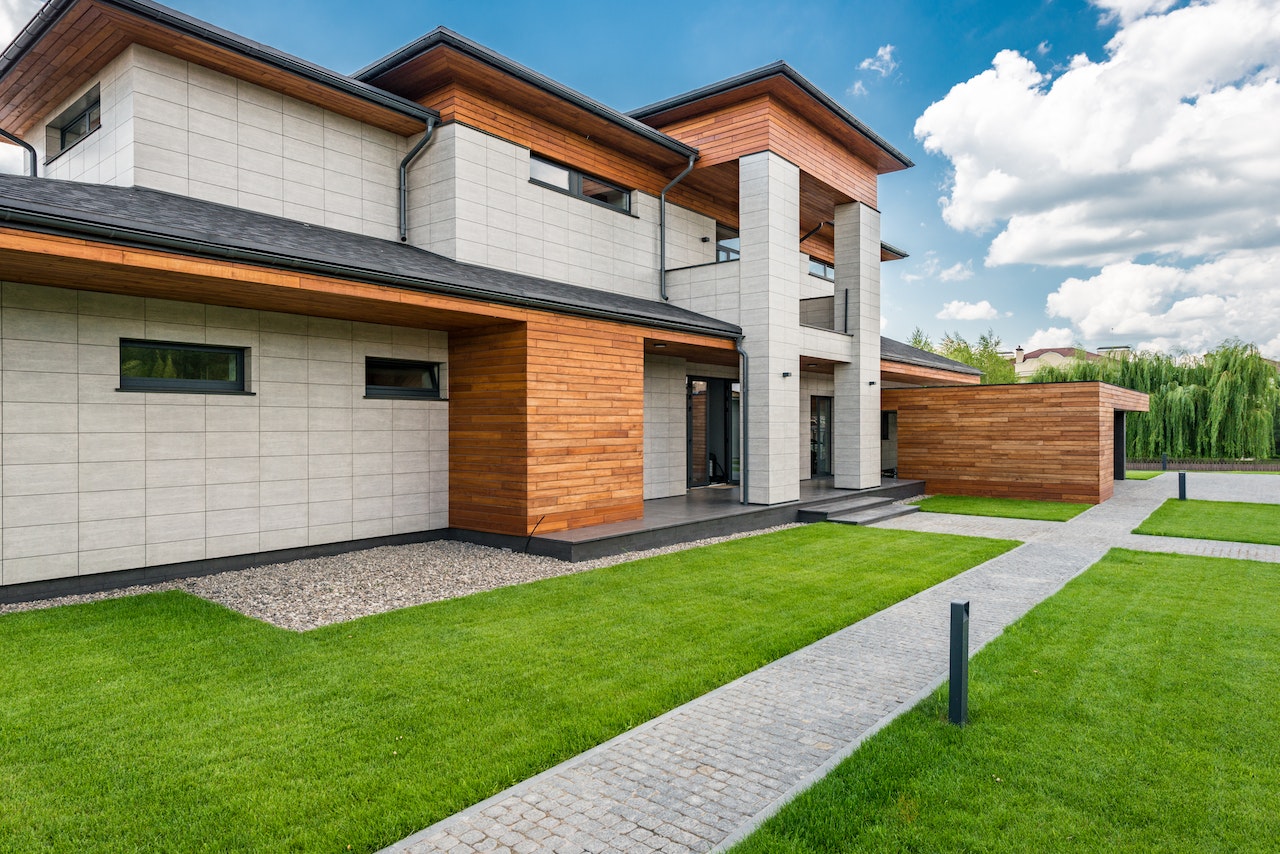What Is A Green Roof?
Roofs that are partially or entirely covered with plants and flora are known as “green roofs.” These are also referred to as living roofs, grass roofs, and sedum roofs.
Typically, a drainage membrane that sits on top of the roof is covered with vegetation, along with other layers like root barriers and waterproofing materials. When applied properly, this combination of goods promotes the growth of the plants on the roof without endangering the stability of the building. We will discuss this a little later in case you’re curious about what green roofs do and their benefits.
A Green Roof System: What Is It?
One of two things can be meant when someone mentions a green roof system. We use the phrase to describe all the various elements that go into creating a reliable and secure green roof. A green roof system can also refer to a pre-made green roof that is available in trays and can be slotted together. Despite being practical, the latter green roof method can be expensive, difficult to install, and lacking in drainage capacity compared to a high-quality drainage membrane.
GREEN ROOFING BENEFITS
There are several reasons why someone might wish to explore green roofing, both for the sake of the home and the neighborhood.
COMMUNITY PERKS COMPRISE
The addition of a green roof lessens the strain placed on nearby sewage systems and the requirement to manage any accumulated runoff. By covering many of the surfaces that would otherwise create the most heat in metropolitan areas, the addition of green roofs lessens the overall heat conducted by the structures.
In addition to capturing various air pollutants, plants also stop the spread of smog and dust. Public spaces like gardens or recreation areas can be created on green roofs for the benefit of the neighborhood.
The use of green roofs in a neighborhood can lead to an increase in jobs and revenue for neighborhood businesses because of the time and money that goes into their design and installation.
Make The Drainage System Better
Any building must have sustainable drainage in order to prevent floods in the event of excessive rain. Water control has historically been aided by a system of pipes connected to the sewage system. However, as a result of increased urban growth, as much as 75% of water is draining off into metropolitan areas (https://www.hunker.com/12003790/disadvantages-of-green-roofs).
Supporting Habitats For Wildlife
Additionally, green roofs support wildlife, which in turn helps improve the habitat. Despite not being able to completely replace ground habitats, they are ideal for luring birds and other species to create a thriving eco-friendly ecosystem.
Different ecosystems can be supported by each green roof, mostly depending on the type of flora present. A study of 11 green rooftops in Switzerland identified an astounding 172 different species, according to the report.
Increasing Thermal Efficiency
Thermal performance is without a doubt one of the most advantageous features of a green roof, and it’s amazing how much of a difference it can make. Poor insulation is one of the major issues with a standard roof, causing significant heat loss in the winter and oppressive temperatures in the summer.

With the help of a green roof, all of this is changed. By installing a green roof, you can ensure that energy efficiency is improved while also reducing the need for air conditioning. The heat from the sun is absorbed by plants, which lowers the temperature of the roof in the summer and increases thermal efficiency in the colder winter by trapping heat within.
Increase The Roof’s Lifespan
A rooftop has a lot to deal with all year long and is constantly under attack from the elements. A roof will need to be able to withstand not only wind and rain, but also ultraviolet light and changing temperatures. As a result, it’s typical for both homes and businesses to think about a different roofing option.
This possibility is provided by green roofs, which have been shown to double or even treble the lifespan of your roofing. Greenery serves as a barrier, preserving the waterproof membrane below and extending the useful life of your rooftop.
Talk to the residents of your building or your family and friends if you plan to do this yourself once you have all the information you require and have a solid sense of the route you want to take the project in. If so, you should be able to leverage the help of individuals around you to speed up the process, whether it be with physical work on the day of installation, gathering any tools you might need, or ongoing maintenance of the green roof.
